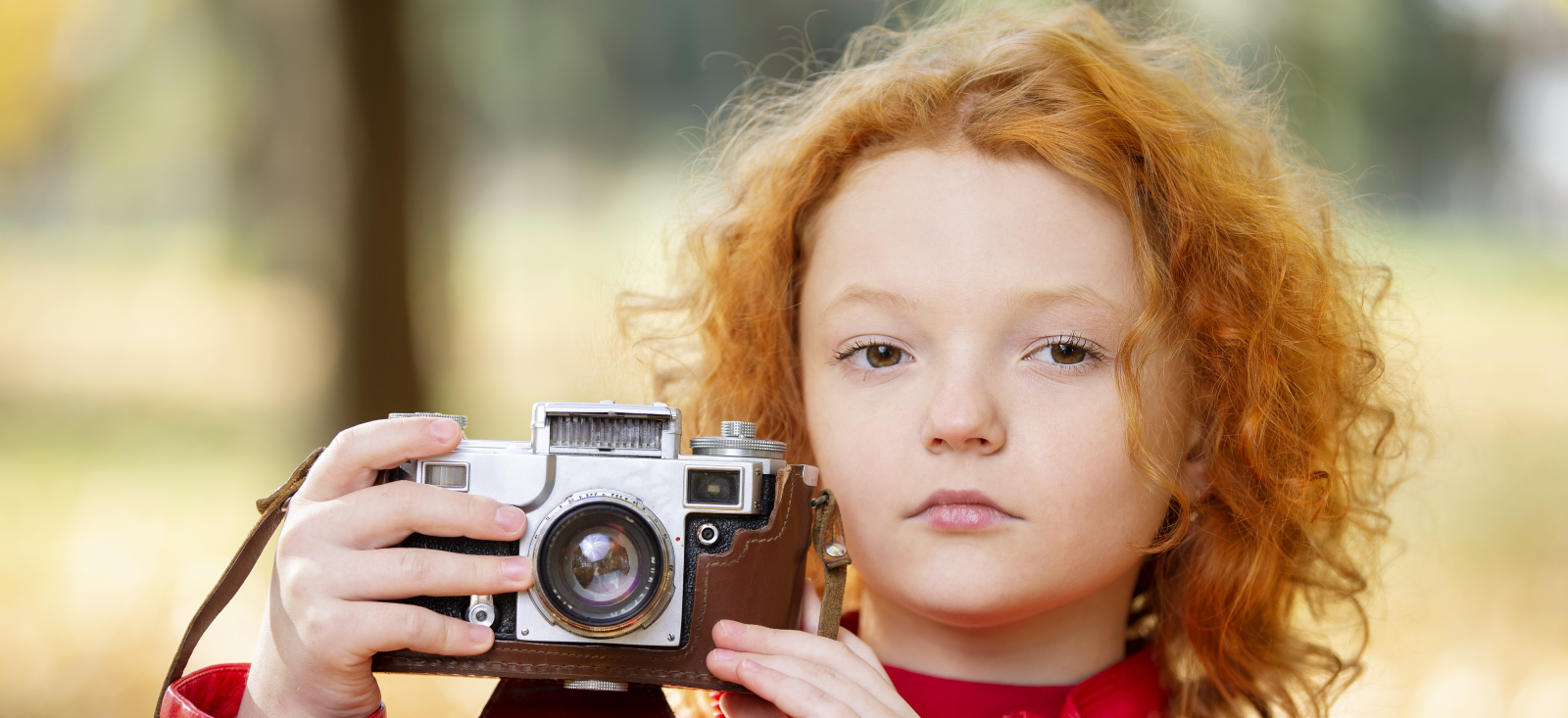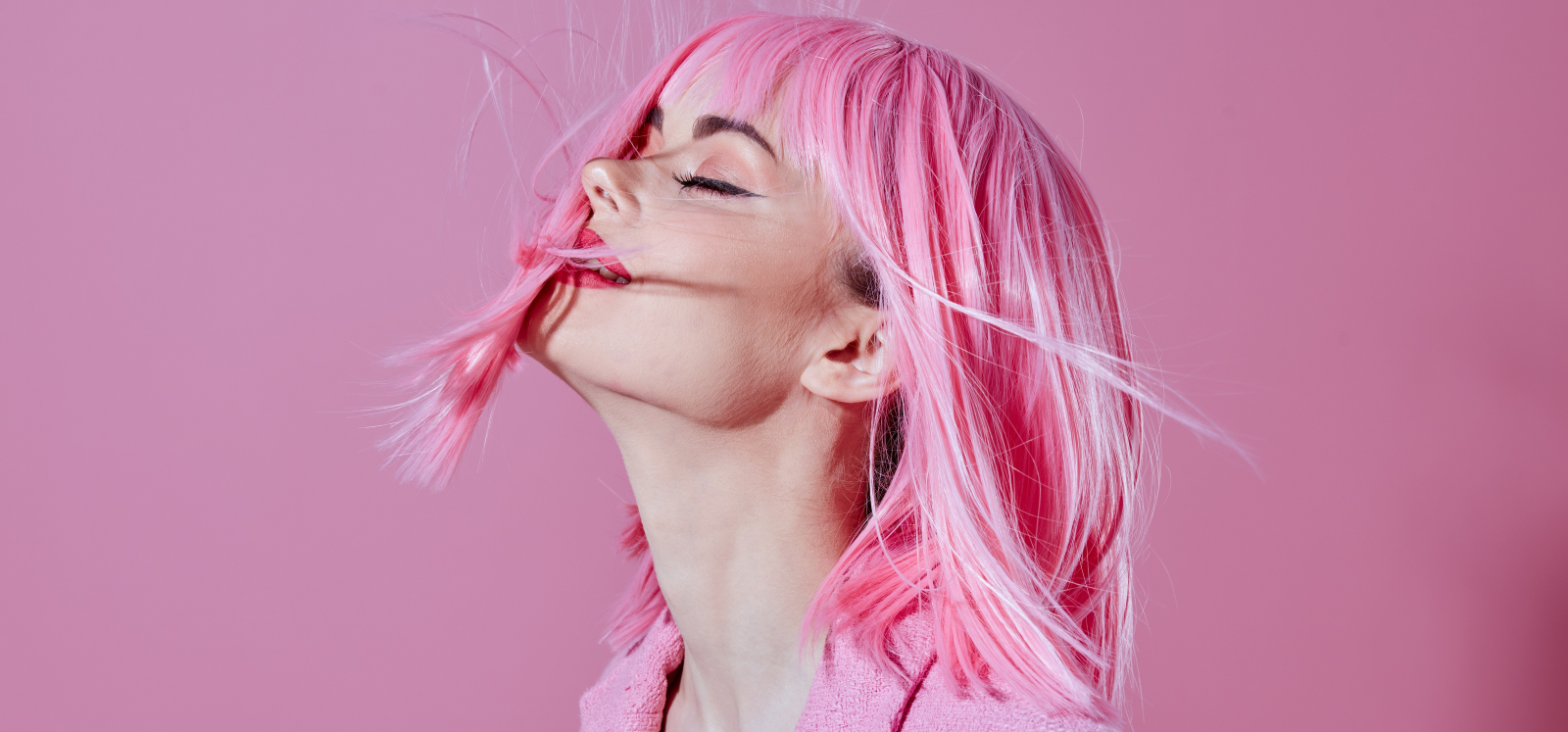Hair Art – The Everyday Sculpture We All Witness
Hair is the most ubiquitous form of art in the modern world. We see it everywhere — in real life, on screens, in magazines, and in passing glances on the street. It doesn’t hang on a wall or sit behind glass, yet it communicates instantly. With just a glance, a hairstyle can express mood, identity, attitude, or cultural roots. It can make a statement. Or it can be quietly utilitarian.
And yet, many still ask the question:
Is hair really art?
The simplest answer is yes. Hair is sculpture — one made not from clay or stone, but from something alive, personal, and deeply symbolic.
Hairstyling as Sculpture
Hair is a medium. Just like wood or marble, it can be shaped, molded, colored, woven, twisted, or styled. A hairstylist, then, is not just a service provider — they are an artist. Their canvas is the human head. Their materials are scissors, clippers, dyes, extensions, braids, heat tools — and imagination.
The styles they create are as diverse as their clients: sleek and simple, complex and dramatic, culturally rooted, or trend-defining. From classic fades and elegant updos to avant-garde runway looks that seem to defy gravity, hair art exists on a spectrum — ranging from the practical to the fantastical.
What makes it art is not just the visual result. It’s the process, the intention, and the skill.
The Risks of the Craft
Unlike many other forms of visual art, hair art is unforgiving. There is no undo button. A mistake isn’t just a blemish — it’s a commitment. Hair must grow back. Sometimes a misstep requires weeks or months to repair. In more experimental settings, tools like blowtorches or intricate razors raise the stakes even higher, where not only style but safety is on the line.
Because of this, hairstyling requires a steady hand, a trained eye, and absolute focus. It’s a discipline. One that balances technical precision with creative freedom.
Hair as Expression, Identity, and Transformation
Hair is personal. It sits atop the crown. It frames the face. It’s one of the first things people notice. Which means that changing it — even subtly — can have a profound emotional impact. A bold color can signal reinvention. A precise cut can restore confidence. A natural style can be a statement of pride. A clean shave can feel like a reset.
The person in the chair isn’t just getting a haircut. They’re undergoing transformation. They’re choosing how they want to be seen — and sometimes, how they want to see themselves.
This connection between external form and internal feeling is what makes hair a true form of Escrita Com Luz. Light doesn’t just shine from within — it’s shaped, revealed, and reflected through how we choose to carry ourselves.

Hair Art – The Art and the Artist
Hair is not just about grooming — it’s about identity, statement, and transformation. And just like painting or sculpture, hairstyling branches into two distinct realms: commercial and conceptual. Each serves its own purpose, yet both hold creative value. Each reveals something unique about the individual and the society they live in.
Two Branches: Commercial vs Conceptual Hair Art
The commercial branch of hair art is what most of us are familiar with. It’s rooted in the everyday — in hair salons, barbershops, and mobile stylists. This form is transactional, yes, but not devoid of artistry. Here, the client defines the style, and the stylist uses their skills to execute the vision. It is collaboration, craftsmanship, and often subtle self-expression.
Then there is the conceptual and experimental branch — hair art presented on runways, editorial shoots, trade shows, and avant-garde competitions. These are often called conceptual hairstyles. Here, the goal isn’t practicality — it’s expression. Artists push the limits of hair as a medium, using sculptural techniques, color theory, cultural motifs, and even performance elements.
These stylists — like all boundary-pushing artists — become known within their communities and industries as innovators, shaping new trends, challenging perceptions, and defining what’s possible.
Artists Who Don’t Starve
Hairstylists occupy a rare position in the creative world. Unlike many visual or performance artists, they aren’t often “starving” artists. That’s because even in the most commercial settings, there is always demand. Hair keeps growing. People keep needing cuts. And within this cycle of routine lies a constant opportunity for artistry.
A stylist may spend the morning giving classic trims and the evening sculpting hair into gravity-defying forms for a fashion show. This duality — between function and vision — makes hairstyling a uniquely balanced art form. It exists both for use and for show.
Then, Now, Them, Us, Here, There, Everywhere — Hair or Not
Hair is personal. But it is also political, religious, cultural, and social.
There are times when hairstyle is a matter of choice — a way to express the self. But there are also places where it is mandatory, part of a system or belief that defines the individual’s appearance.
-
In the military, strict grooming standards maintain discipline and uniformity.
-
In religious traditions like Buddhism or Hare Krishna, shaved heads symbolize detachment from ego or worldly identity.
-
In North Korea, citizens are reportedly limited to just a few state-approved hairstyles.
In these settings, hair becomes a symbol of collective identity.
But the same strands that unify can also divide.
Context Is Everything
In some regions, a shaved head is associated with religious piety. In others, it carries deep political tension. The skinhead look, for example, is widely misunderstood — outside of the U.S., it may be a neutral or even stylish haircut worn by athletes or actors. But in certain American contexts, it’s become charged with racist connotations, tied to extremist movements.
This duality is what makes hair so powerful and complex. Like any art, it is defined by context — who is wearing it, where, and why. A fade might mean rebellion in one community, and professionalism in another. A mohawk could be punk, or sacred, depending on its origins.
Hair, like art, is never just what it appears to be. It’s a language of symbols, and every cut, curl, or color is shaped not only by hands — but by culture, politics, belief, and geography.
Show Time: Hair as a Canvas of Light
Let’s set aside, for now, the politics and the cultural division that hairstyles can create. Let’s return to the heart of it. Strip it down to what it really is.
Hair is a vessel of expression.
And when it’s given freely to a stylist’s imagination, it becomes one of the most powerful forms of living art. In hair and fashion shows, the head becomes a stage. The hair — a sculpture. A story. A fantasy. It’s no longer about what’s practical or popular. It’s about vision. Emotion. The edge of what’s possible.
Collaboration as Creation
These showcases are not done alone. Hair art in this context is deeply collaborative. Fashion designers and hairstylists work together, sometimes months in advance, to shape a shared vision. The fabric draped on the body informs the silhouette carved into the hair. The makeup aligns with the color, the theme, the fantasy. One does not exist without the other.
And when it all comes together, the result is more than impressive — it’s transportive.
It pulls you into a world just outside of reality, where color defies nature and shapes rise like sculptures from the scalp. In that moment, what was once ordinary — the everyday head of hair — becomes something otherworldly.
And what is that, if not Escrita Com Luz?
The inner light brought out, reshaped, and cast into form for the world to see.
Time, Time, Time — What’s Become of Me?
Hair doesn’t just mark the present. It carries our past. Your hairstyle — or lack of one — is part of your personal timeline. A marker of memory.
If you were to look through old photos of yourself, you’d see something interesting. Beyond the clothing, the background, the posture — you’d see evolution. You’d watch yourself grow. Your tastes change. Your identity shift.
What once felt bold becomes familiar. What once felt safe now seems distant. And each change of hairstyle represents not just a new look, but a new state of being. Each cut, color, or style becomes a moment of self-awareness — even if you didn’t realize it at the time.
The journey of discovering what fits you — what feels like you — is not just physical. It’s philosophical. It’s emotional. It’s spiritual.
And that journey, through time, reflection, and transformation — is the very essence of Escrita Com Luz.
When Does Hair Become Art?
So, where is the line? When does a hairstyle cross over into hair art?
Is it when a professional, like Nicole Hudson, uses vivid color and contour to illuminate what already glows inside a person?
Or is it when the stylist rejects conventional beauty altogether and steps into the abstract — crafting towering beehives, geometric bobs, devilocks, or dreadlocks that challenge and enchant?
Maybe it’s in both. Maybe hair becomes art not by the style itself, but by the intention behind it.
If the hair is shaped with vision, with emotion, with the desire to express what words cannot — then it becomes art.
If it speaks to something inside of you, or reveals something inside of the wearer, it is art.
If it transforms you — even just for a moment — then it is Escrita Com Luz.
Hair Art
What is hair art?
Hair art is the creative and expressive manipulation of hair as a medium. It goes beyond grooming or styling for practicality. Instead, it treats the head as a canvas and the hair as sculpture — shaped, dyed, braided, or styled with intention. Whether subtle or extravagant, hair art is a form of self-expression, identity, and transformation.
Can everyday hairstyles be considered art?
Yes. Even the simplest haircut holds artistic value when it reflects personal choice, cultural identity, or emotional expression. Not all art needs to be extreme or abstract — sometimes a clean fade, a bold color, or a well-shaped fringe can communicate just as much. The artistry lies in the intention, the design, and the effect it has on the person and those around them.
What’s the difference between commercial and conceptual hair art?
Commercial hair art serves daily function — it’s designed for practicality, comfort, and client preference. Conceptual hair art pushes boundaries, often showcased in fashion, editorials, or avant-garde shows. One serves utility, the other explores vision. Both require creativity, skill, and a deep understanding of the human form.
How is hair a form of Escrita Com Luz?
Hair becomes Escrita Com Luz when it expresses the inner light — the thoughts, feelings, identity, or evolution of the individual. It’s a visible transformation of something intangible. Whether it empowers, challenges norms, or simply feels true to the wearer, it becomes a form of living art that speaks without needing to explain.
When does a hairstyle become meaningful?
A hairstyle becomes meaningful when it reflects more than fashion — when it tells a story, marks a change, honors a tradition, or reclaims identity. Whether chosen for personal, spiritual, political, or creative reasons, hair can hold deep emotional and symbolic power. That’s when it stops being style, and starts being art.


You must be logged in to post a comment.